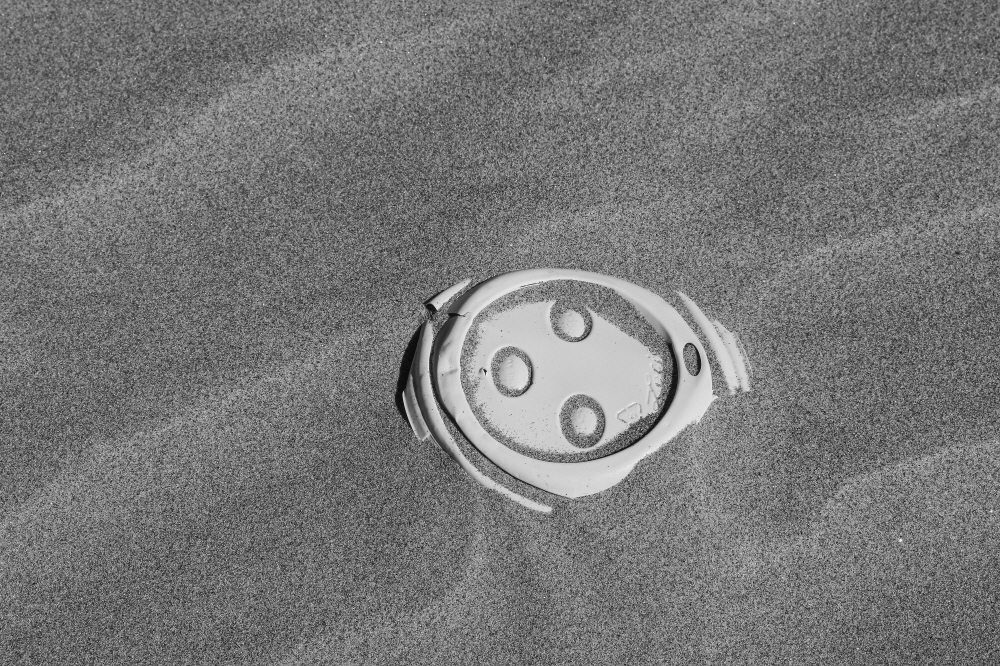
Bioplastic refers to a plastic that is degraded by microorganisms, such as plants. However, according to a recent study, eco-friendly bioplastics contain toxic chemicals similar to conventional plastics.
Plastic is, so to speak, an environmental nightmare. First, when plastic is made, it emits pollutants that threaten health and warm the planet. Even when discarded after use, it is difficult because it does not decompose naturally due to its durability. Plastic waste that the global recycling system does not operate is sent to landfills and disposed of in incinerators at low cost, but pollutants are released from them.
Another problem is that 10 million tons of plastics are dumped into the ocean every year, and substances harmful to marine life are scattered. Plastic is broken into microscopic microplastics and eaten by creatures who mistake them for prey. As a larger fish eats it, it climbs the food chain pyramid and finally re-enters the human body.
As Japanese eclipse awareness of this problem has increased, large companies such as Coca-Cola and Unilever are investing resources in the development of bioplastics as an alternative. However, in a recent study published in Environment International, the research team examined 43 types of bioplastics, including disposable tableware, chocolate wrappers, beverage bottles and wine cork. It is a product that uses 9 types of bioplastics currently on the market. Specifically, it is made of organic substances such as plants and algae, and biodegrades over time.
The research team investigated 43 species using genetic analysis and spectroscopic analysis called in vitro bioanalysis. Research has found that 80% of products contain more than 1,000 chemical substances. It is surprising that some 20,000 chemicals were detected. Bioplastics were also lumps of chemicals.
Of course, not all chemicals are evil. However, as a result of testing the material toxicity of the research team, it was found that bioplastics and plant-derived materials also cause toxicity similar to that of conventional plastics. It has also been found that the latest plastic products may contain chemicals that interfere with endocrine activity at about the same level as conventional plastics.
The research team says more research is needed to determine the potential impact of these materials on public health or the environment. For example, it is not yet known to what extent the chemicals found this time are contained in the human body. Still, he adds that he is concerned about the conclusions the research team has made. It can’t be said that bio-based biodegradable plastics are safer than other plastics.
In past studies, it has been known that bioplastics that can be compostable or sold as biodegradable are difficult to decompose unless a specific facility is used. Also, most bioplastics made from organic materials use agricultural products that compete with food production in terms of land use. Since agriculture is a major source of greenhouse gas emissions, it remains questionable whether it is possible to affirm whether it is truly eco-friendly. Greenpeace experts point out that recent research has raised concerns about the usefulness of bioplastics.
Bioplastics contain mostly unregulated chemicals, as well as all other plastics. This substance is known to cause serious illness, including cancer and reproductive health problems. Some say that chemicals including these should be disclosed and tests and regulations should be strengthened before introducing new materials. Also, the best way to solve the plastic problem is not to switch to bioplastics, but to completely break away from single-use container packaging. In the end, it is necessary to end production of plastic materials, and it is important to switch from disposable packages to reusable refill packages rather than replacing disposable materials. Related information can be found here .


















Add comment